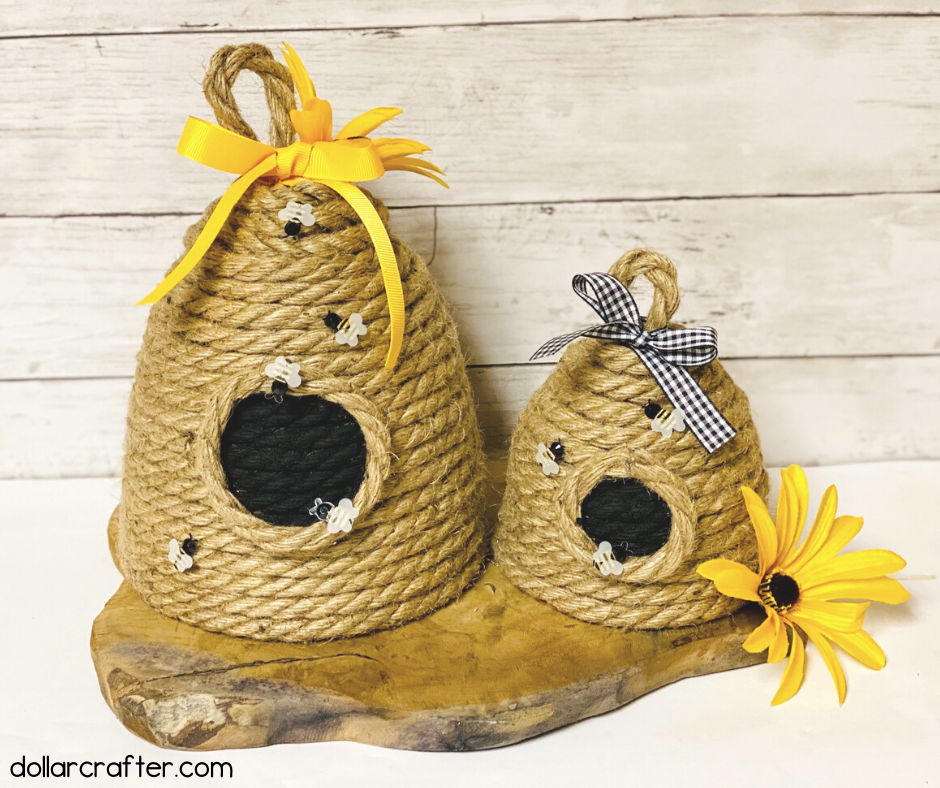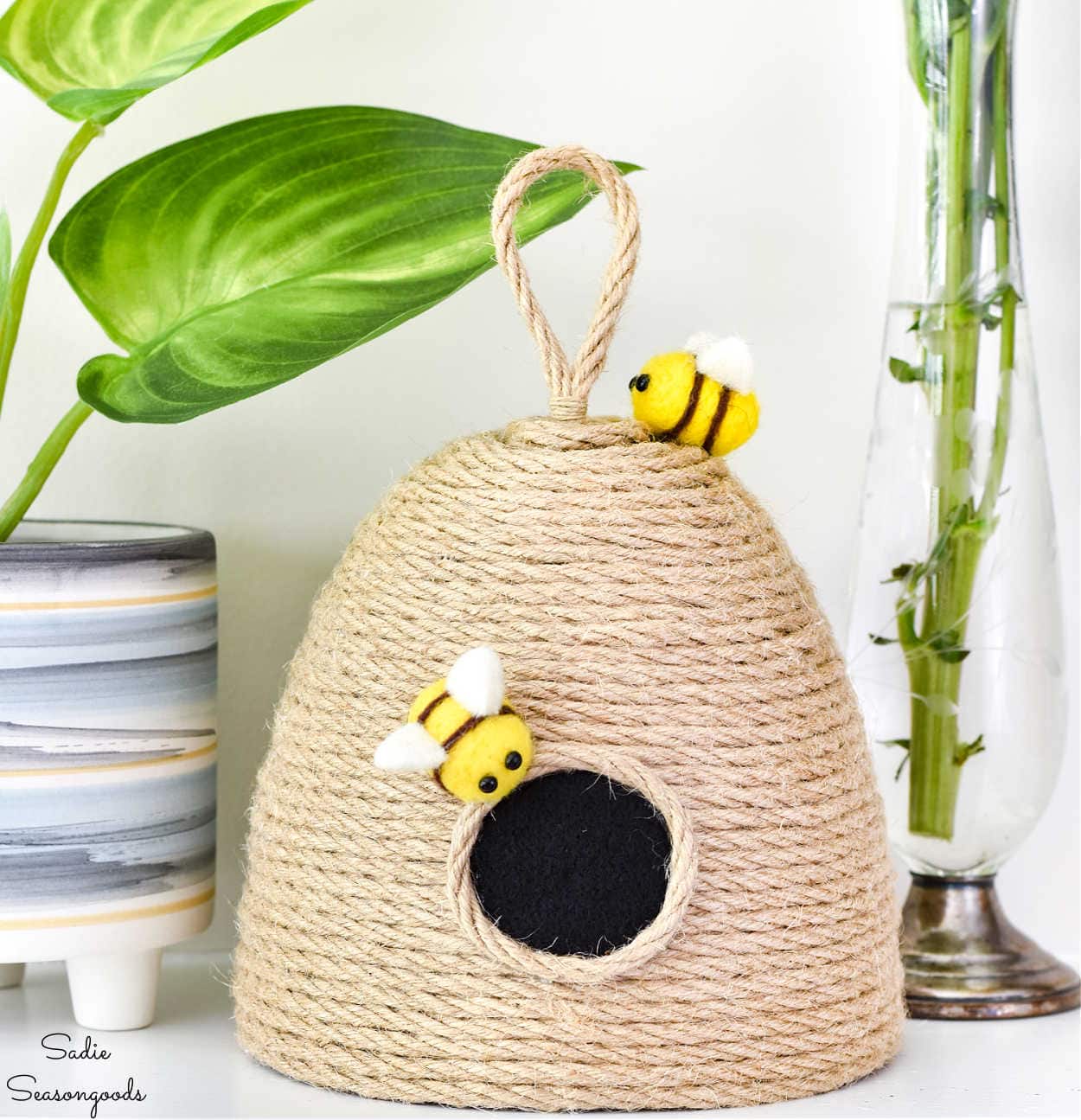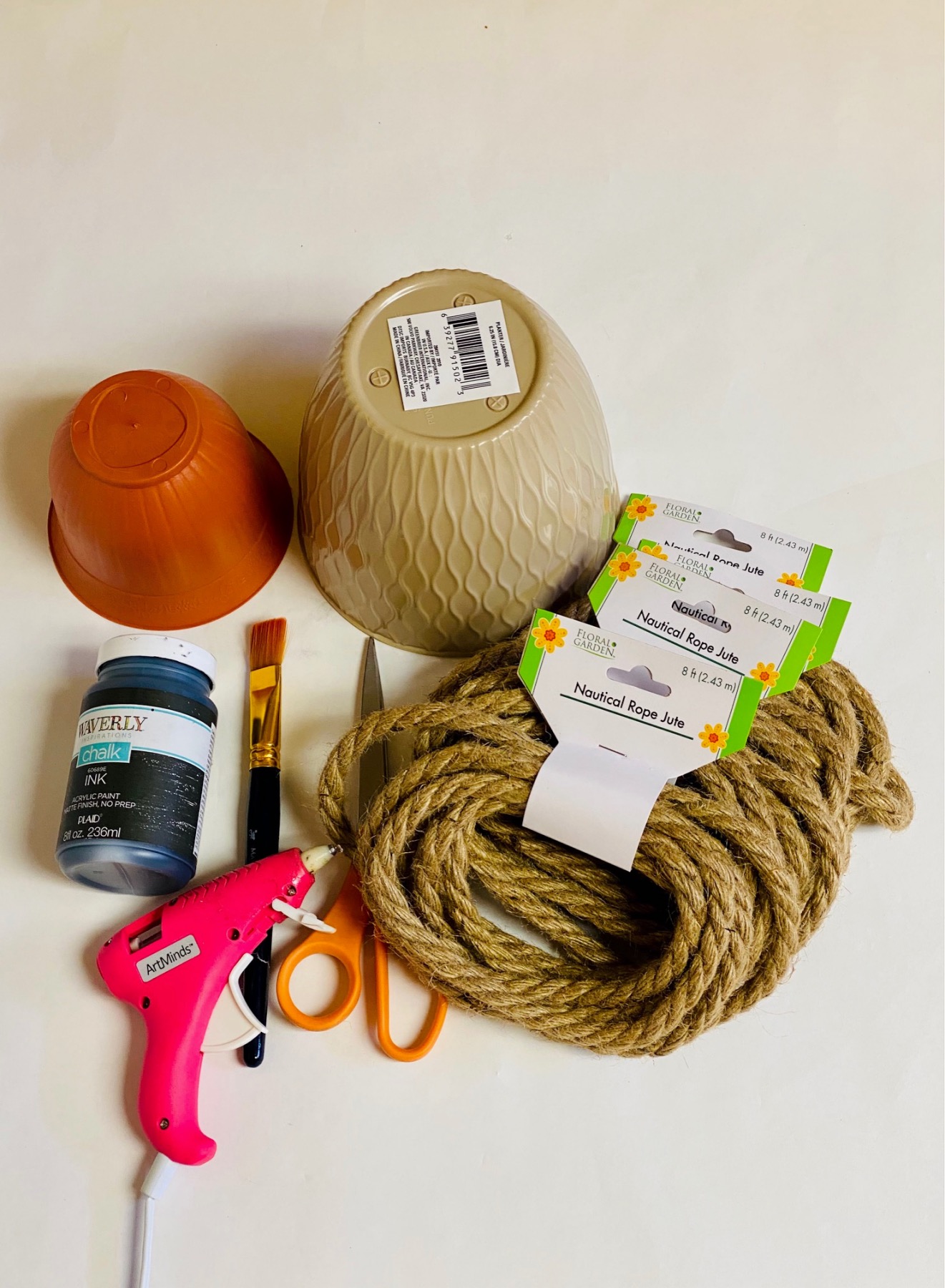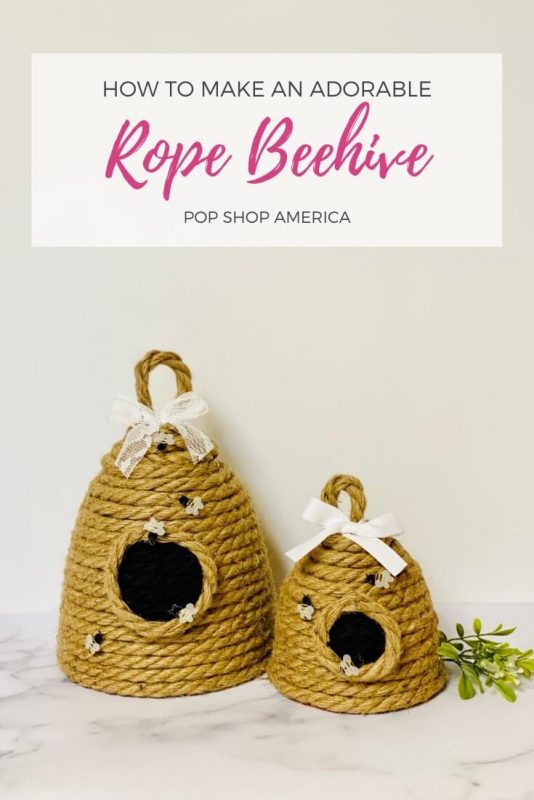As a passionate hobbyist beekeeper and DIY enthusiast, I’ve always believed that a beautiful beehive not only enhances the aesthetics of your garden but also creates a welcoming environment for your buzzing friends. Decorating your beehive can be a fun, creative process that allows you to personalize your space while promoting your bee’s health and happiness. In this comprehensive guide, I’ll share my insights on how to decorate your beehive, including tips, techniques, and personal anecdotes to engage you in this rewarding journey.
Why Decorate Your Beehive?
Decorating a beehive goes beyond aesthetics. Here are a few reasons why you might want to consider giving your beehive a makeover:
- Aesthetic Appeal: A beautifully decorated hive can enhance the visual appeal of your garden or farm.
- Bee Recognition: Bees may recognize patterns and colors. A decorated hive may help them identify their home.
- Personal Expression: It’s a fun way to express your personality and creativity.
- Education: A uniquely decorated hive can serve as a conversation starter about beekeeping and the importance of bees.
Materials Needed for Beehive Decoration
Before diving into the creative process, gather the following materials:
- Outdoor paint or wood stain (bee-safe options)
- Stencils and brushes
- Decorative elements (such as wooden cutouts, metal accents, or plant materials)
- Paint sprayers for fine detailing
- Sealers and varnishes (always bee-friendly)

Getting Started: Basic Principles of Beehive Decoration
1. Choose Bee-Friendly Materials
Always select non-toxic paints and materials. Bees are sensitive to certain chemicals, and harmful substances can adversely affect their health.

2. Opt for Natural Colors
While vibrant colors can be eye-catching, opt for natural and earthy tones that blend with the garden environment instead of intense hues that may confuse the bees.
3. Keep It Simple
Overly intricate designs may not only be distracting but can also make it harder for bees to recognize their hive. Simple patterns with contrasting colors tend to work best.

4. Decorate with Purpose
Consider integrating elements that may benefit the hive, such as ventilation holes disguised as decorative designs that can help regulate temperature.
Techniques for Decorating Your Beehive

Painting Your Beehive
Painting can significantly enhance your hive’s appeal. Here’s how to do it:
- Prepare the Surface: Sand the hive to ensure the paint adheres well.
- Choose Your Paint: Look for outdoor paints that are water-based and safe for bees.
- Apply Base Coat: Apply a base coat in a light color, allowing each layer to dry thoroughly.
- Add Details: Use brushes or stencils to add designs, ensuring they are dry before adding additional layers.
Using Stencils and Patterns
Stencils are a fantastic way to create intricate designs without much effort. Here’s a step-by-step guide:
- Choose a stencil design that resonates with you.
- Secure the stencil onto the hive using painter’s tape.
- Use a sponge or spray to apply paint over the stencil.
- Remove the stencil slowly to reveal your design.

Adding Decorative Elements
Natural elements can enhance your hive’s beauty:
- Wooden Cutouts: Attach wooden bees, flowers, or other shapes to the hive.
- Metal Accents: Use rust-resistant metal decorations for a modern touch.
- Plant Materials: Incorporate succulents or moss in nearby planters to complement the hive.
Tips for Maintaining Your Decorated Beehive

Once you’ve decorated your hive, proper maintenance is key to ensuring it remains beautiful and functional.
Regular Check-ups
Inspect your hive regularly to ensure that the decorations are intact and not impacting the hive’s structure or function.

Seasonal Touch-ups
Depending on your local climate, you may need to repaint or refresh decorations seasonally to protect them from the elements.
Cleanliness is Key
Keep your beehive clean. Remove any debris or mold that may accumulate over time to prevent damage to your decorations and the hive.
Pros and Cons of Decorating Your Beehive
| Pros | Cons |
|---|---|
| Enhances aesthetic appeal | Time-consuming process |
| Personal expression | Requires knowledge of bee-safe materials |
| Can help with bee recognition | Potential for paint wear over time |
Personal Experience: My Beehive Journey
When I first started beekeeping, I couldn’t help but notice the dull appearance of my hive. After a season of learning about bee behaviors and hive maintenance, I decided to embark on a decorating project. The transformation was rewarding, not merely because of the visual impact but due to the sense of pride and personal touch it added to my beekeeping experience.
My Favorite Decoration Project
For my first project, I used soft greens and yellows inspired by nature. I crafted stencils of daisies and bees to create a welcoming and cheerful atmosphere. Every time I walk into my garden, I smile, seeing my bees bustling around in their beautiful home.
Conclusion
Decorating your beehive is a delightful mix of creativity and functionality. By choosing safe materials and thoughtful designs, you can enhance your garden’s beauty while supporting your bees. Remember, the best decoration is one that complements the hive’s role in the ecosystem, ensuring our little pollinators thrive. Before you start, take a moment to imagine what your unique beehive could look like—your bees will thank you for it!
FAQs About DIY Beehive Decoration
1. What type of paint is safe for bees?
Look for non-toxic, water-based outdoor paints that specify they are safe for use around wildlife.
2. Can I use any type of wood for my beehive decorations?
Opt for untreated woods to ensure that no harmful chemicals leach into the hive.
3. How often should I repaint my decorated beehive?
This depends on your local weather conditions; typically, a good checking point is once a year.
4. Are there specific patterns that help bees recognize their hive?
While there’s no definitive research, using bold contrasting patterns can aid in their memory.
5. Is it okay to add plants or flowers near my beehive?
Yes, adding bee-friendly flowers can create a beautiful environment and attract more pollinators to your garden.
6. What should I avoid when decorating my beehive?
Avoid using bright fluorescent colors, toxic materials, or anything that could obstruct airflow and ventilation.
With these tips and insights, you are well-equipped to embark on your DIY beehive decoration journey. Happy decorating!